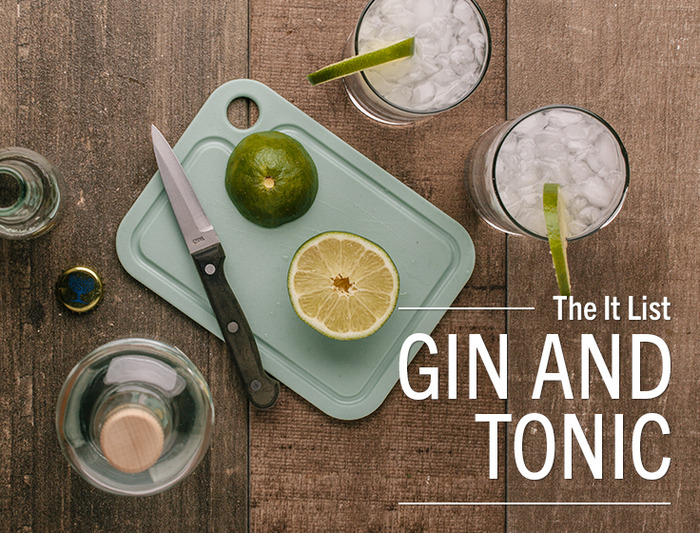Gin and tonic: The drink that beats the heat
Jason Newell, our manager of Wines & Spirits at our Chanhassen store, shares his top picks for the perfect gin & tonic.
When the temperature outside climbs over 80 degrees it’s time for gin and tonic season. While some lovers of this libation enjoy this simple and classic cocktail year round, I am most fond of it sitting on a patio when the sun is out and the heat is on. The infusions of botanicals that create gin, enhanced by the bitterness of the quinine in the sparkling tonic, combine to make one of the world’s most distinctive cocktails.
The development of gin in the 1800s was driven by a desire to make the spirits that were being distilled at that time more palatable. By infusing the spirit with a range of botanicals, the distiller could mask the harsh flavors of what technically was unrefined vodka. Every gin producer has their own secret recipe of botanicals. Bombay Sapphire boasts the use of ten exotic botanicals in its recipe, created in 1761. Juniper berries, which give gin its distinctive evergreen pine flavors, are the predominant botanical in most traditional gins. Citrus peels and coriander also seem to be very popular in many distillers’ recipes; from there, the variety of combinations is endless.
Add this to tonic, which was developed by the British, who were empire-building in the Malaria-ridden countries of India and Africa. The extremely bitter main ingredient quinine needed to be mixed with sugar and water to be taken daily as a defense against the deadly disease that is carried by mosquitoes. Mixing quinine with gin not only created this classic combination, but made for a much more willing group of participants in the anti-malaria campaign.
Today you will find many types of gin on the shelves of our Wines & Spirits locations. The two traditional styles are London Dry, which has a predominant juniper quality and slightly higher alcohol content, and the Old Tom style, which is slightly sweeter.
There has also been an increase in the number of craft or boutique styles of gin. These distillers are using specialty stills and innovative techniques to blend ingredients into the gin to create exciting new flavors that have never been tried before. Hendricks, a gin produced in Scotland, uses the traditional juniper, citrus peel and coriander, but then finishes it off with a large amount of cucumber.
If you want to keep it local, Minnesota distillers are developing some fantastic gins. My current favorite comes from the J. Carver distillery, located in Waconia, Minnesota. This distillery is a must-see for anyone with an interest in Minnesota craft spirits. They are developing many excellent spirits at J. Carver. Their Premium Gin is the one I use for making a great gin and tonic.
With the gin ready to go, it’s time to pick the tonic. The three ingredients in tonic are sparkling water, quinine and sugar. There are large producers like Schweppes that can be found in almost every grocery or liquor store in the world. There are also small unique producers like Q Tonic and Fever-Tree, who travel the world to find the highest quality quinine and use only real sugar or agave nectar instead of high-fructose corn syrup.
Instantly noticeable between the large and small producers is the size and intensity of the bubbles. Tonic water must have lively bubbles that sparkle and snap. The bubbles from Fever-Tree crackle like a million tiny fireworks. If your tonic is flat tell your friend to pick up a fresh supply on their way over to join you on the deck. The dramatic action of the bubbles welds the gin and the tonic together, creating one of the world’s greatest flavor combinations. Garnish with a slice of lemon if you’re from the U.K. or lime if you’re from the United States.
My friends and I will be drinking gin and tonics well into the hot and humid days of the Minnesota summer. Even though I haven’t heard of a case of malaria in Minnesota we do have a lot of mosquitoes, so it never hurts to be cautious.






